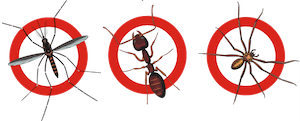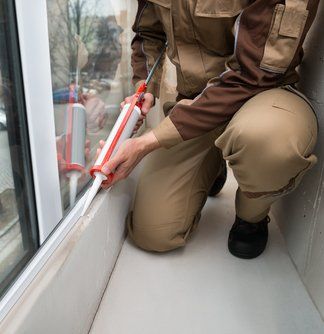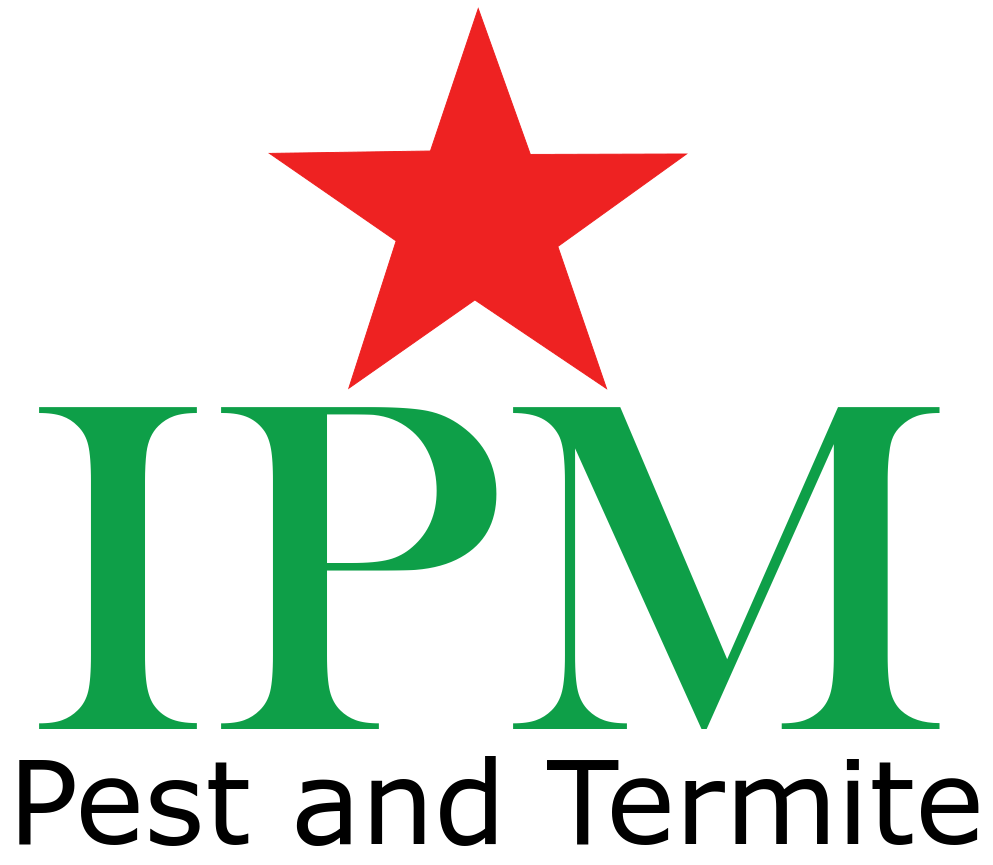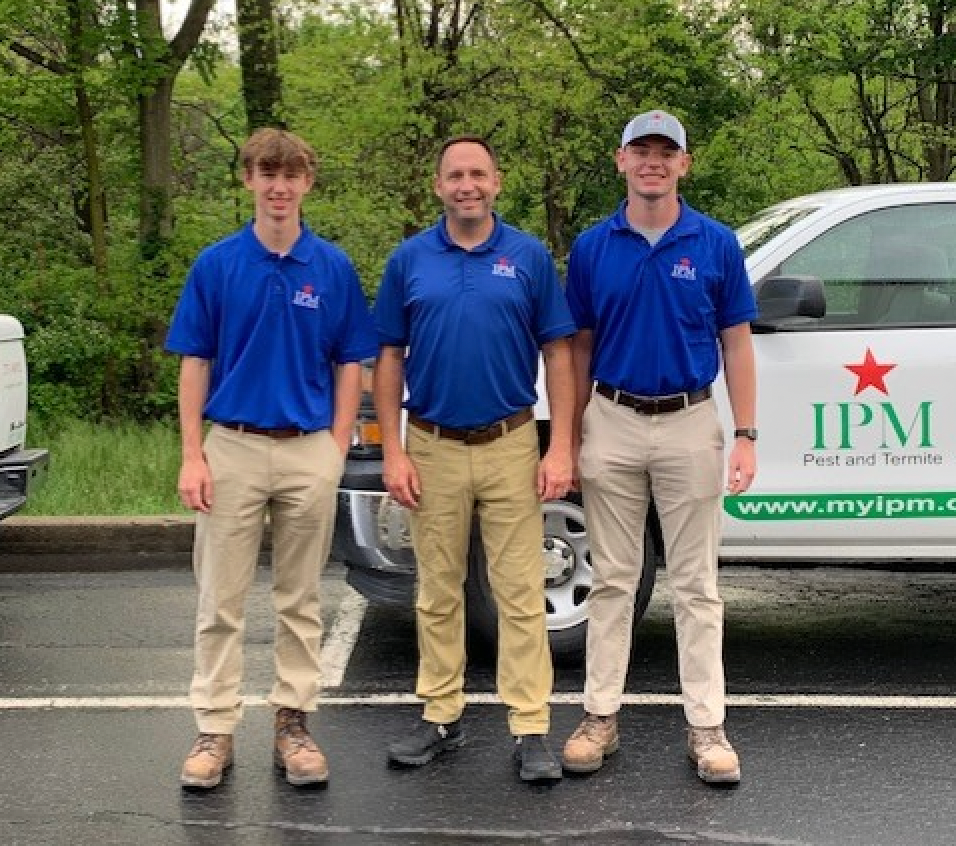Control Methods
Treatment and Management Techniques




Management of insects is not always as easy as it may seem. Different insects require different management techniques. The first thing to remember is that it is NOT always in your best interest to try to simply spray all the insects that you see with an over-the-counter spray; or whatever might be available at the time. You may be better off to vacuum the insects up if the insects are coming out in large numbers (this will give you relief of the initial problem). The insects should be identified to determine the best method to manage your pest problem, whether it is sealing up entry holes, removing infested material, baiting, dusting, spraying, etc.

Inspection
The inspection is the most important part of pest management; talking with the customer, finding clues of pest (actual pest, fecal droppings, egg cases, debris) identifying pest, finding harborage areas/nest sites, and determining a management program that will work best for the situation. Inspection of pest problems may take five minutes or several hours to determine the pest to be managed, where the pest is coming from, and what method will be used. A pest control company should not just walk into a structure and start to treat without ever determining or trying to find the source of the problem.
Education
Education of the customer is also vital. Informing the customer about the pest, explaining why it is there and the methods used for management are all essential for success of the program. In many cases little to no chemical is needed, instead removal of breeding/harborage areas and an explanation of the pests biology and habits is all that is required for good management.
Vacuuming
Vacuums are great for pest management because they can remove many insects and spiders immediately thus decreasing large populations before long-term management programs are implemented. Vacuums can also be used for removal of insects where spraying insecticides is not an option. Vacuuming roaches under sinks and cabinets will diminish much of the infestation and allow for quicker control of the pest. A vacuum with a H.E.P.A. filter is needed to keep possible allergens from escaping the vacuum.
A vacuum can be useful when termites or ants are swarming in a structure to maintain the large number of insects while the pest control company is on its way (please leave a few insects for the technician to identify). Spraying insects may prolong control efforts, because it can split some colonies or cause the insects to forage in other parts of the structure.
Vacuuming is also an important part of flea management. Vacuuming lifts carpet fibers and allows for the chemical to penetrate to where the fleas larvae and adults are hanging out; it will also remove some eggs, larva, pupa, and adults. Please remember to remove the bag and dispose of it outside. Most chemicals used for flea control can only control the larva and adult stages. The waxy coating on the egg and pupal stages protect them from the chemicals; with this in mind it is important to vacuum after treatment because vacuuming stimulates pupa to develop into adults faster, thus decreasing the time for control.
Sealing Entry Holes
Sealing entry holes is the best way to keep insects out of your house, however, it is much easier said than done. Vinyl siding and metal sheeting are by far the hardest to seal tight enough to prevent insects from gaining access. These buildings must have drainage to allow water to escape that might get behind the outer material. This makes sealing up the bottom almost impossible. Brick and stone buildings are more conducive to sealing up and can maintain good management by monitoring the outside for any new cracks or crevices. Weep holes should not be sealed up or covered over. Instead, a breathable material, like screen mesh or Stuf-fit, should be placed in the holes to prevent insects from gaining access. Buildings with crawl spaces should have good screens in the vents and make sure that the screens remain in good condition. The building should be treated after sealing it up to remove any infestation that is currently present. It is important to monitor the interior of the building to make sure that no insects are getting in from the outside.
NOTE: This management program will not keep termites out of homes because termites can enter buildings from below the soil line where little to no sealing is done.

Baiting
There are many products and pesticides on the market today, and baits are a particularly useful group. Baits can manage many insects, especially ants, cockroaches, crickets, many termites, and rodents. Baits are environmentally friendly and usually contain less toxic chemicals. Baits are usually specific to the target pest and can be placed in discreet areas. Baits take a little longer than sprays, however, baits may control some insects that can not be adequately managed properly by other means. Baits have an attractant to entice the pest to consume the bait and an active ingredient to kill the pest. Good insect baits are slow acting; insects should eat the bait but not die rapidly. Instead the insect will live to come in contact with other pests to expose them to the bait as well and after a short time the entire colony or group of insects will die.
Ants are a little picky in what they eat and can be a little more frustrating in getting them to eat bait. It is important to give ants a variety to choose from by placing out several different baits. Giving ants three or four different choices is a good way to begin.
- Ant
management can be maintained quickly as long as the ants take the bait; several days is normal.
- Cockroaches
are manageable with baits in conjunction with sprays. Cockroaches usually take about two to three weeks for management of a light infestation, but may take longer for larger infestations.
- Crickets
will take some granular baits but are better managed by using a micro-encapsulated chemical in the crawlspace or along the outside crack between the dirt and the foundation of the house.
Dusting
Dusting is beneficial to pest management due to its long residual life and the capability of getting in behind hard to reach areas, like wall voids. Many substances can be dusted to manage insects, including some chemical free abrasives used to break down the insects outer coating and causing death by loss of water. However, there are many chemicals in dust form that will kill insects readily. Most chemical dusts are labeled to be used in cracks and crevices and voids only. Dusting behind siding forms a good barrier against insects; destroy insects that are already behind the siding and deny insects any harborage areas. Dusting will reduce opportunities for new insects to gain access into the building.
Spraying
Spraying a liquid chemical is useful for residual control or when the insects are in areas not suitable for dusts or baits. Sprays are often preferred over dusts in crawl spaces and attics where some long lasting dusts may be contacted by unknowing individuals or animals. Some baits are of little use in wet crawl spaces because they may become molded with the high moisture. Gel baits used in attics in the summer are likely to dry out and not be as effective. Sprays can also be beneficial in some cases, as a perimeter control around structures that are difficult to seal up completely. Sprays are best used as local treatments of insects and as a crack and crevice treatment. Baseboard treatments are rarely need and are seldom used as a management practice. Exterior perimeter treatments are capable of keeping insects out of structures by treating cracks and crevices and insect harboring areas only.
Fogging
Fogging may be done in large areas to manage many pests. Fogging will kill many target and some nontarget insects but in most cases will not solve the problem long term. Long term management of most pest organisms involves finding the source and treating or removing it. Fogging does have a place in mosquito management and in displacing flocks of roosting birds. Thermal fogging birds to move them away from structures or parking lots has shown to be effective. However, fogging only changes the birds habits and is not effective for new flocks that may move in the area. Subsequently birds may reappear over a period of time.






